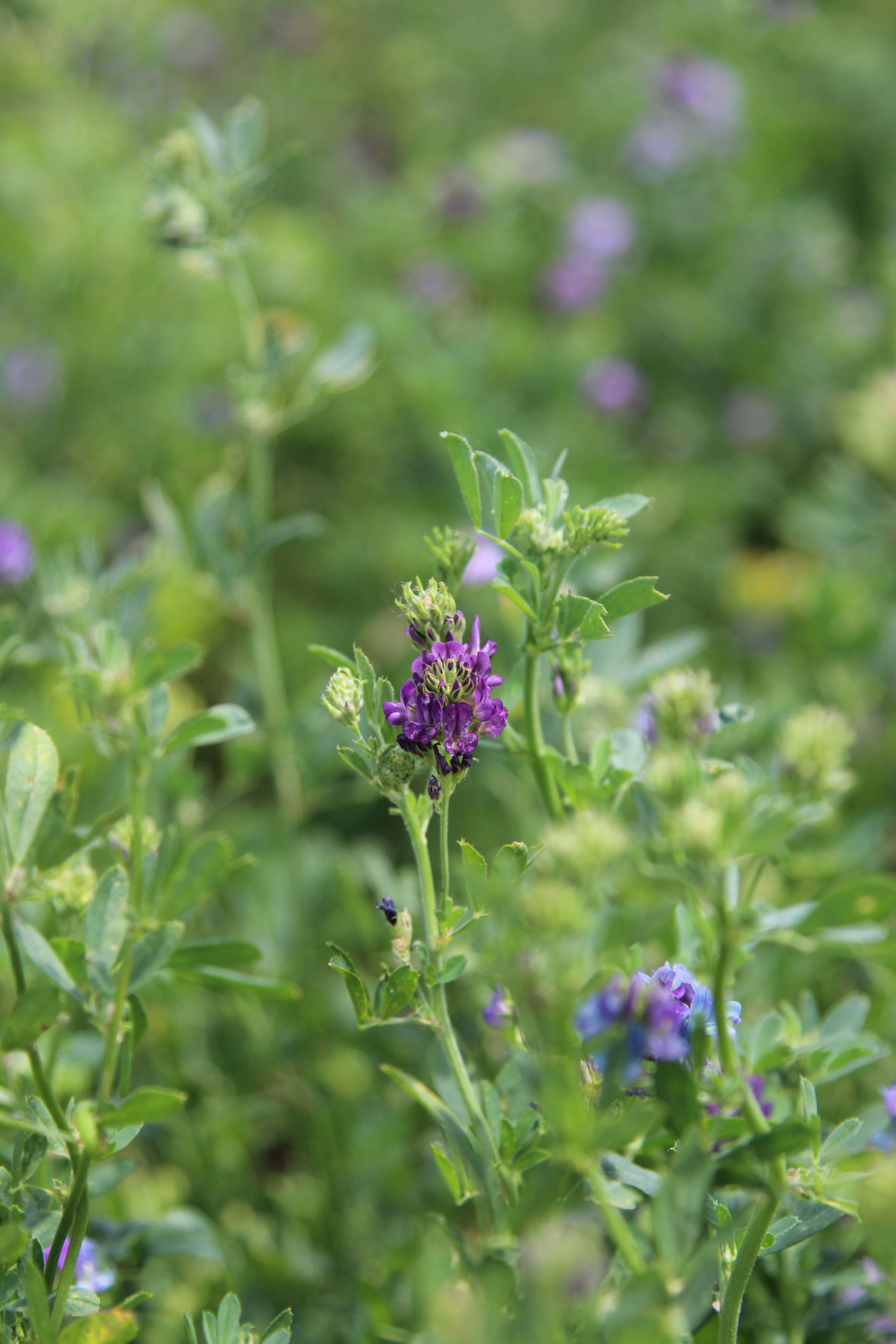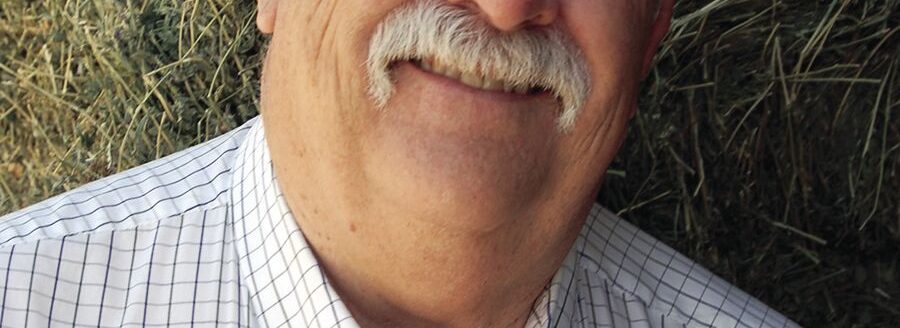Alfalfa growing in the field is 50 percent stem and 50 percent leaf. Most of the feed value is in the leaf and getting those leaves into the bale is critical to maximizing relative feed value, according to Jeff Roberts, president of Harvest Tec, Inc., in Hudson, Wisconsin.
Leaf retention in the bale hinges upon managing moisture, and maintaining the bale after it is put up. Alfalfa baled at 20 percent moisture causes about 20 percent leaf loss. Bale at 10 percent, and leaf loss climbs to 50 percent.
“You don’t want to bale at 10 percent moisture if you can avoid it,” Roberts said. “If you bale at 10 percent, the hay will have an RFV of 140. If you bale the same field of alfalfa at 16 percent moisture, you can increase RFV about 40 points.”
The same is true for yield. Generally, higher leaf retention equals higher yield.
No matter how good a job you do with the pre-condition and raking, there will always be more moisture in the stem than the leaf. He cited one example in which leaves were at 7 percent and stems at 14 percent. However, this will even out when it is compressed into a bale.
“Keep in mind when you are working in the field that the leaves will be drier than the stems,” Roberts said.
Baling hay at 13 to 16 percent moisture is ideal. Hay with a moisture content between 5 and 12 percent is too dry and subject to leaf loss. Baling hay at 23 percent moisture is a fire hazard.
Using a preservative can increase the baling window and allow for higher moisture alfalfa to be baled. Some preservatives are labeled up to 33 percent moisture. Anything at 17 percent moisture and over is subject to heating once it is baled. He advised not baling anything over 22 percent, if possible.
“If you can get the moisture up and deal with it, it will make money for you,” Roberts said.
Consistent RFV
Testing for RFV is always a challenge. The same hay sent to two different labs often comes back with different RFV values.
“It is not a difference between labs but a difference between core variations,” Roberts said.
Roberts said a new more accurate method of testing hay is to grade them on the dry density of the bale. Since stems weigh less than leaves (but leaves back better than stems) a high quality bale with more leaves will weigh more. Roberts said this is a much more consistent way to test hay from bale to bale.
Doug Rich can be reached at 785-749-5304 or [email protected].

